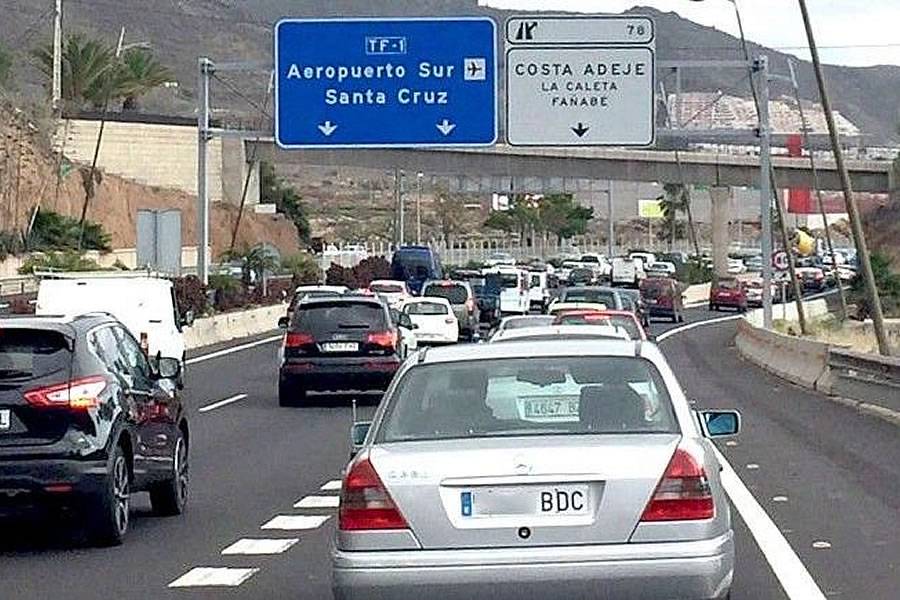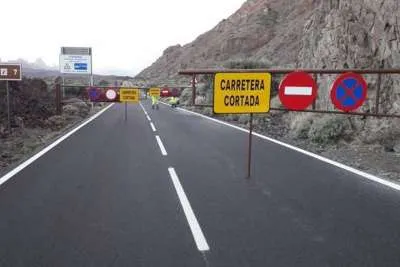There are now more than 1.8 million vehicles on the roads in the Canary Islands
- 18-05-2023
- National
- Canarian Weekly
In June of last year, the official resident population in the Canary Islands was 2,261,654 people, which includes both minors and those who, for various reasons, cannot drive. Taking this into account, the latest data from March released yesterday by the Canary Islands Institute of Statistics (ISTAC), shows that there are 1,821,314 vehicles circulating on the roads of the archipelago.
This means that Canary Island roads are getting busier and busier with an infrastructure that can’t cope, and we will reach a figure of one vehicle per inhabitant in the near future. La Palma is the island that is closest to that, with 942.7 vehicles per thousand inhabitants.
In reality, one vehicle per driver is already much closer than the data suggests as there are around 100,000 people who are under 18 years old and therefore cannot drive, and more than 50,000 people over the age of 80, who don’t drive, according to official statistics. This means that the number of people who are of legal age or can drive in the Canary Islands is approximately 2.1 million.
The main problem, as always, is that the number of vehicles in the Canary Islands continues to grow, breaking record after record over the months, despite the traffic jams that, especially in Tenerife, have been happening for the last twenty years.
According to the ISTAC data, there were 1,774,664 vehicles in circulation in the Canary Islands in March 2022, meaning it has grown by 1,000 vehicles a week in just a year.
However, to put these figures in perspective, in March 2008 the number of vehicles on the roads, which includes cars, hire cars, trucks, vans, buses, motorcycles, industrial vehicles, and trailers, was 1,458,433 with little change to the road infrastructure.
AVERAGE DENSITY OF VEHICLES:
The average density of vehicles in the Canary Islands is now 829.9 per thousand inhabitants, according to the data released yesterday against the 2022 population stats.
In 2012 there were 705.9 per thousand inhabitants and in 2005 just 664.2 per thousand inhabitants.
After La Palma, the islands with the highest number of vehicles per inhabitant are El Hierro (886.5), Lanzarote (881), Tenerife (839.2), Fuerteventura (814.7), Gran Canaria (802.4) and La Gomera (763.4).
In fact, according to the number of vehicles against the amount of roads (in kilometres) in the islands, if every vehicle went onto the roads at the same time, it would be completely gridlocked. No wonder there are traffic problems!
Other articles that may interest you...
Trending
Most Read Articles
Featured Videos
A Vision of Elvis Tenerife Promo
- 10-05-2025
TEAs 2025 Highlights
- 17-11-2025

























































